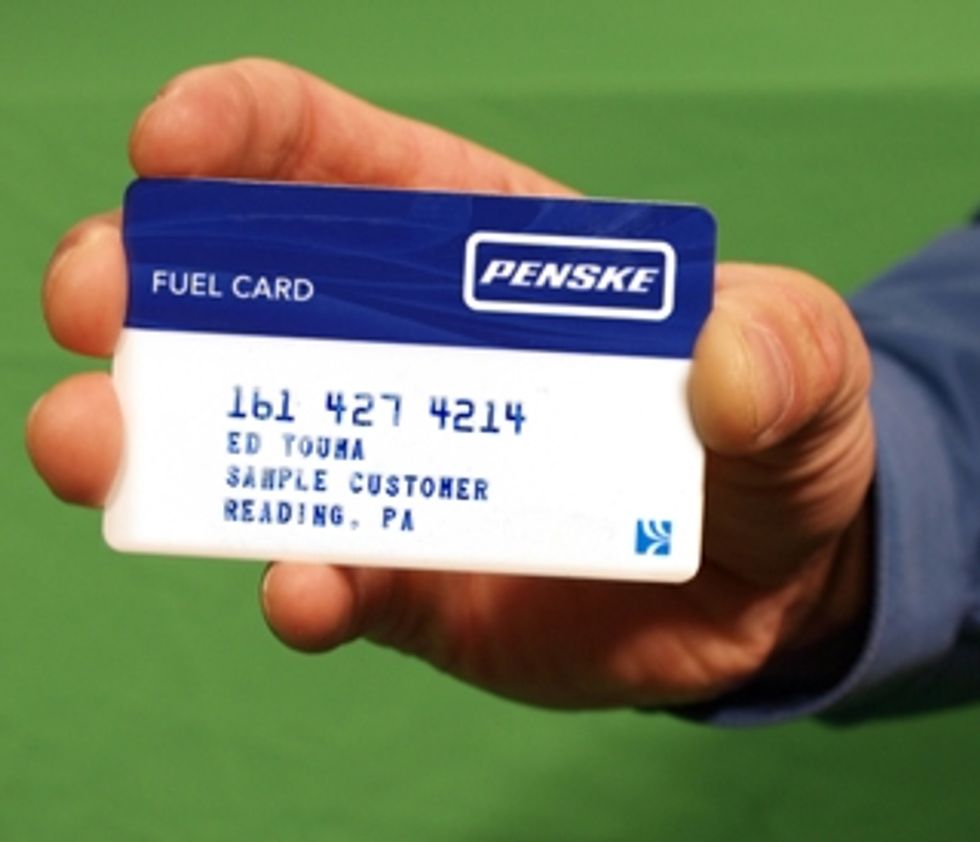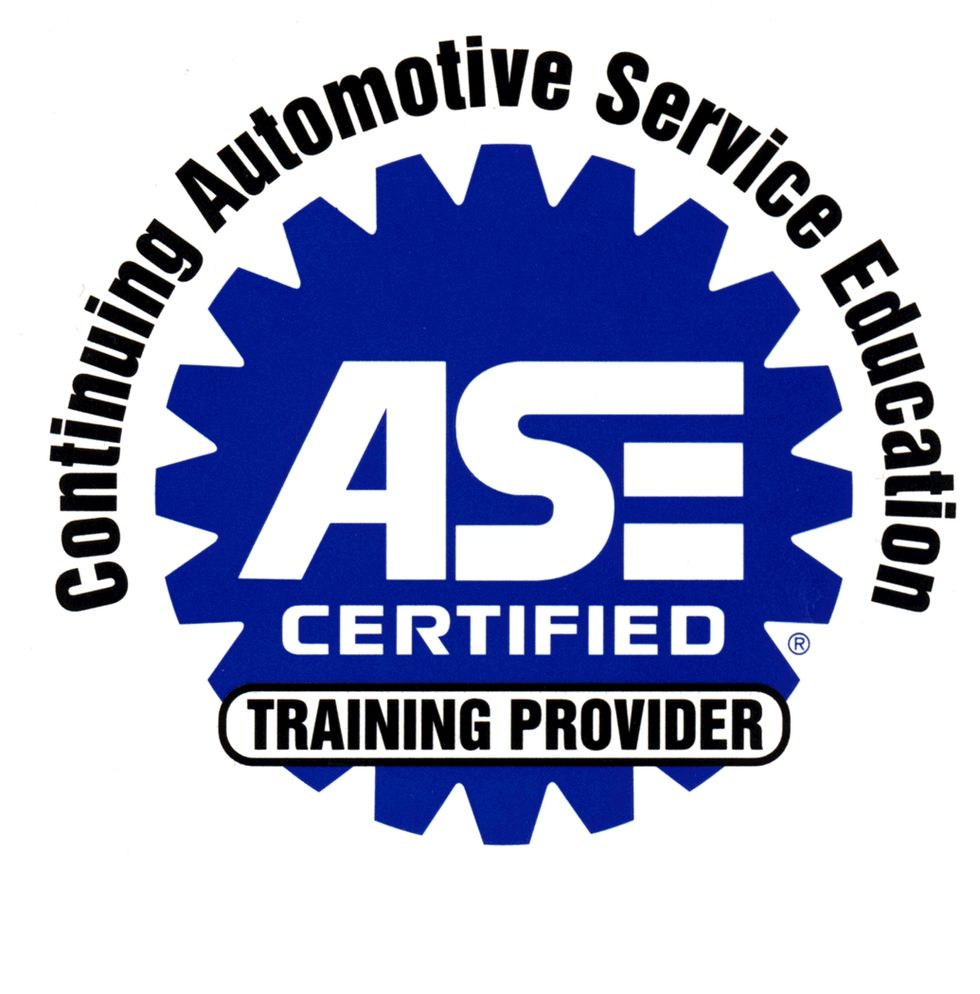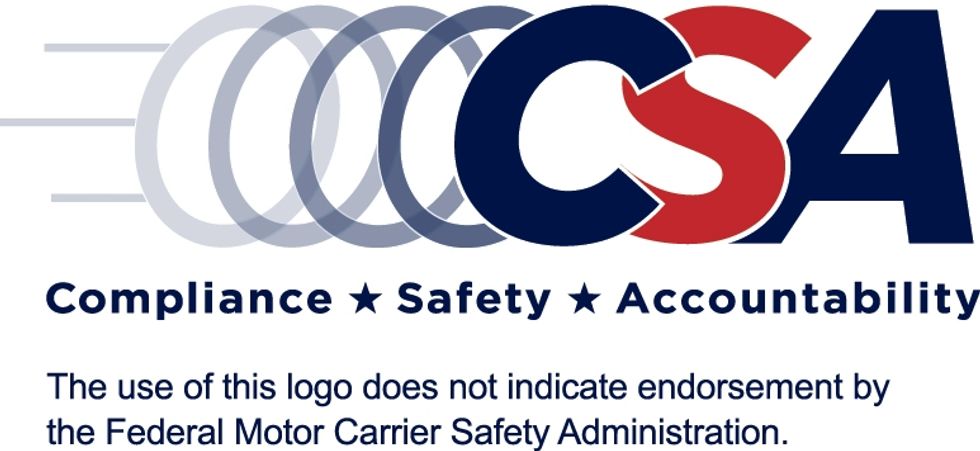Last year 475,000 school buses took to the roads. “That is another half million commercial vehicles added to our roads, which we all know are already congested,” said Herbert Mayo, vice president of risk control for Lockton Companies, a national insurance broker.
In addition to buses, moms driving small children to and from school and teenagers and college students driving themselves increase the number of vehicles on the road. “When kids head back to school there are more people that are more active in vehicles,” Mayo said.
While all roads will see an increase in traffic congestion, secondary roads near neighborhoods and schools typically see the greatest traffic increases. “Try to make the most use of interstate highways and freeways and avoid or minimize your travel on secondary roads,” Bain said. “Avoid metropolitan areas during rush hour and have a heightened sense of awareness on rural highways and state routes. There may be a school bus stopped just over the hill or around the next curve.”
Teenage students driving with their friends in the car can be more distracted and warrant extra attention from professional drivers. “I want my professional drivers to know that those are student drivers are out there and to be aware of that. They’re exploring their newfound freedom with their vehicle,” Mayo said.
In residential areas, drivers will also want to be alert for children playing. “When they get home in the afternoon, they want to go out and play with their friends,” Mayo said.
 Back-to-school season hits at the same time as big-box retailers are stocking their shelves for school-bound and holiday shoppers alike.
Back-to-school season hits at the same time as big-box retailers are stocking their shelves for school-bound and holiday shoppers alike.
“Parking lots and delivery points around retail stores are always a dangerous place to drive your truck, even without the added pressure and frequency of back-to-school deliveries and the added hazard of back-to-school shoppers,” Bain said.
Bain explained, drivers in parking lots “often take shorts cuts, drive too fast, treat right-of-way rules casually, and they’re frequently backing up.” He recommends drivers in retail settings slow down, increase their following distance, communicate, and continue checking their mirrors and blind spots.
Retail docks can be difficult to access and retail service roads are typically narrow, Bain said. “Remember your backing rules and practice them and be prepared for more truck traffic. It’s always a good idea to ‘get out and look’ or use a spotter before you begin backing at retail docks and any delivery point,” he said.
While drivers are always conscious of safety, it is important they not take it for granted. “Don’t be tempted to text, surf the net, dial your cell phone, read, or fall victim to other distractions that take your eyes off the road. Remember that driving your truck is one of the most dangerous activities you do every day. Treat it with the respect that it deserves,” Bain said.
By “Move Ahead” Staff
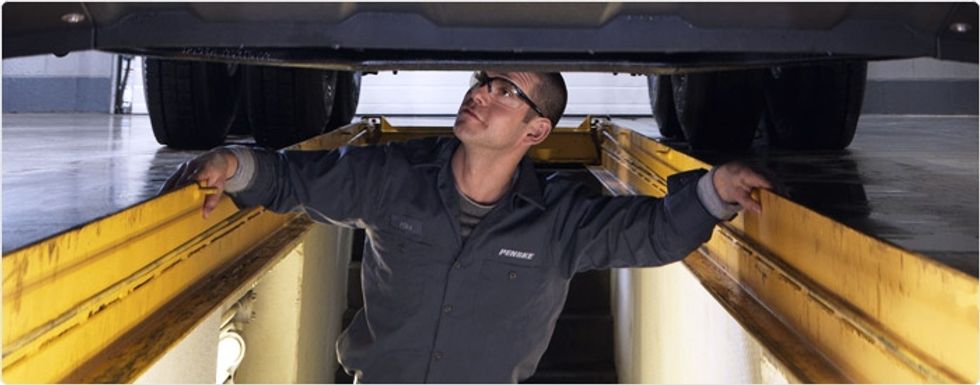

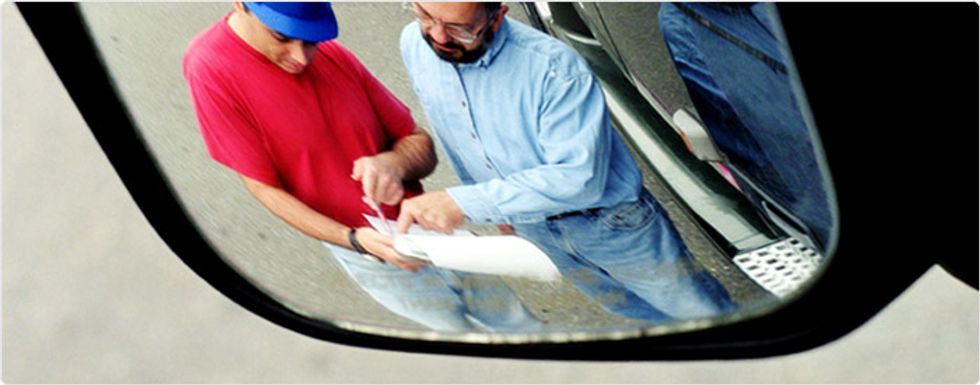
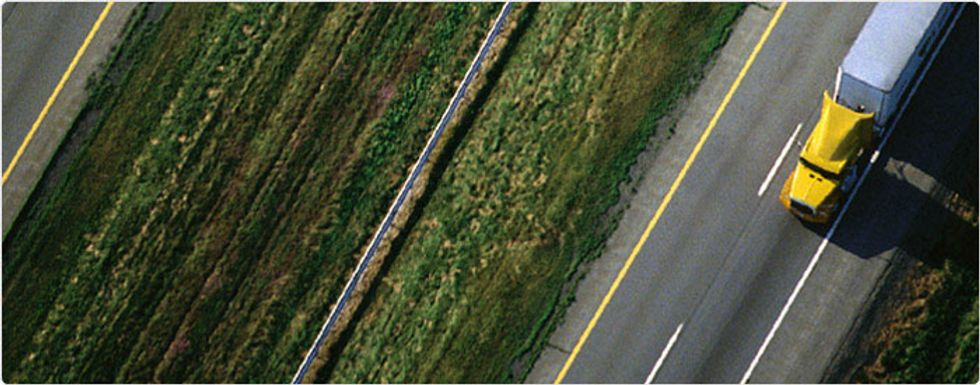 The start of the school year brings with it heavier traffic and professional drivers will want to be even more aware of their surroundings while navigating residential areas, traveling the interstate and making deliveries at the nation’s big box retailers.
The start of the school year brings with it heavier traffic and professional drivers will want to be even more aware of their surroundings while navigating residential areas, traveling the interstate and making deliveries at the nation’s big box retailers.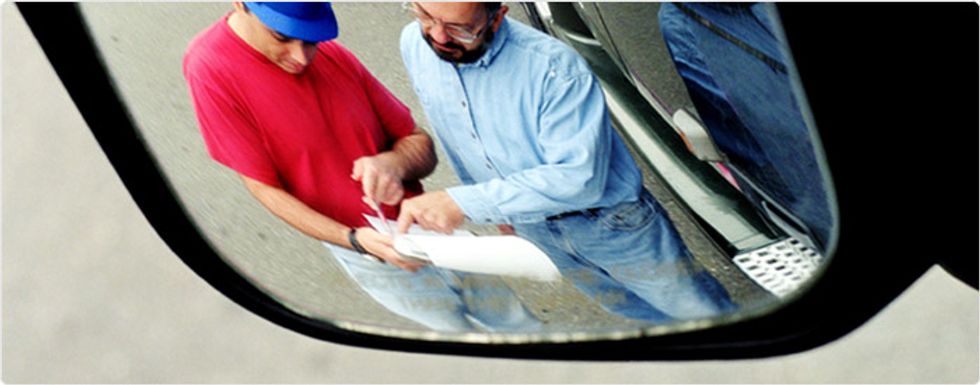 Back-to-school season hits at the same time as big-box retailers are stocking their shelves for school-bound and holiday shoppers alike.
Back-to-school season hits at the same time as big-box retailers are stocking their shelves for school-bound and holiday shoppers alike.

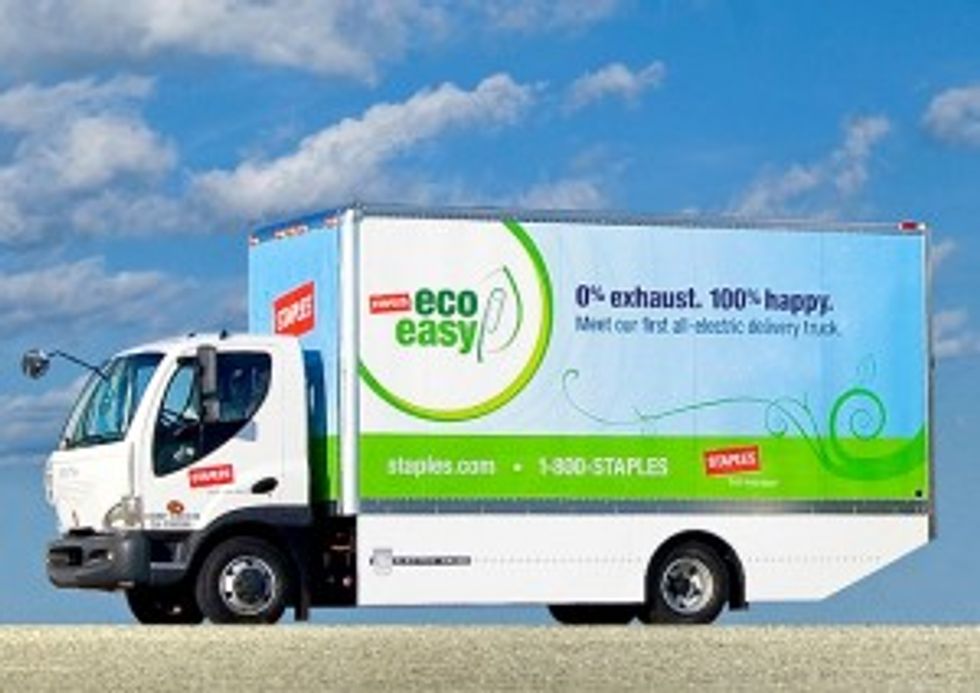

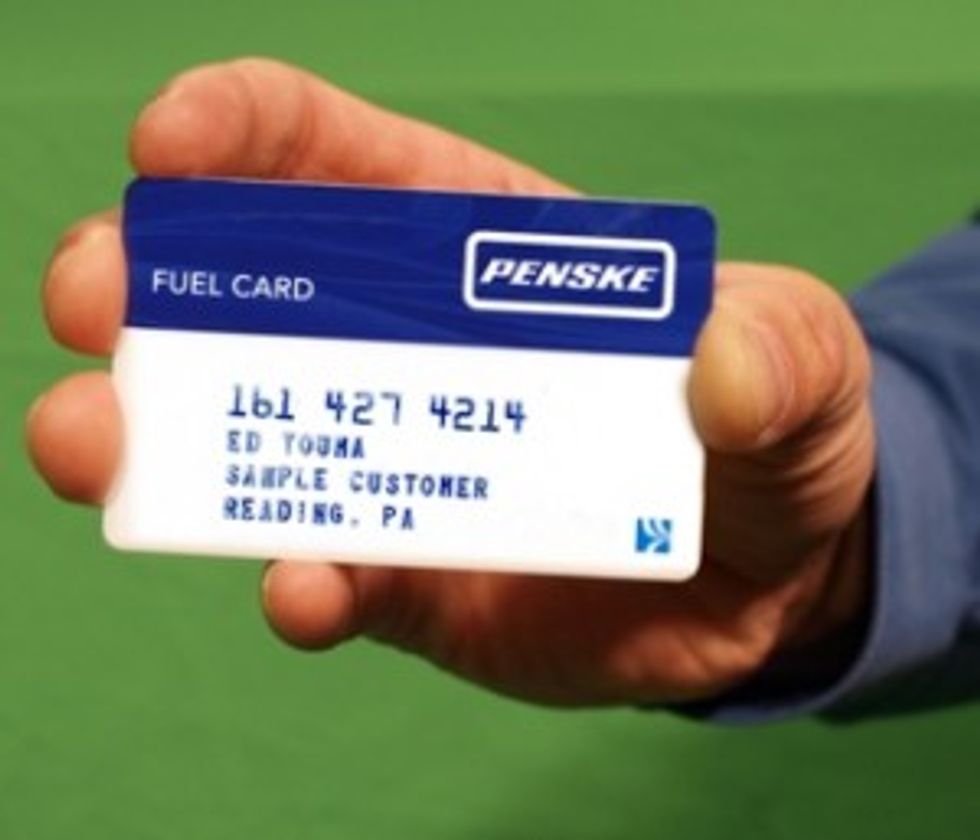
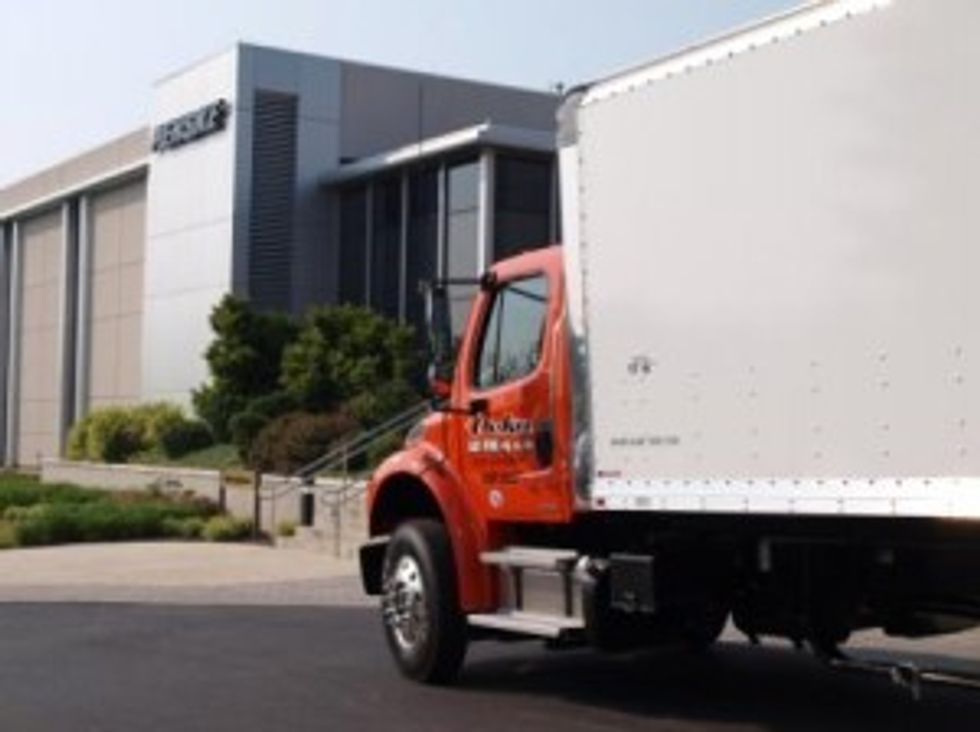
 Longtime
Longtime 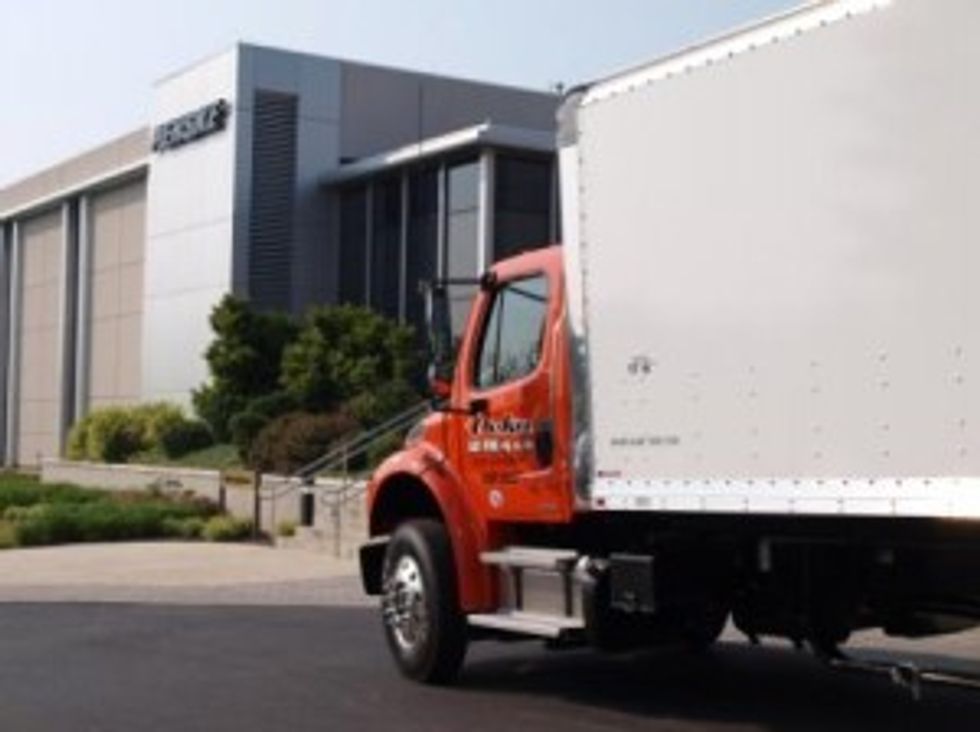
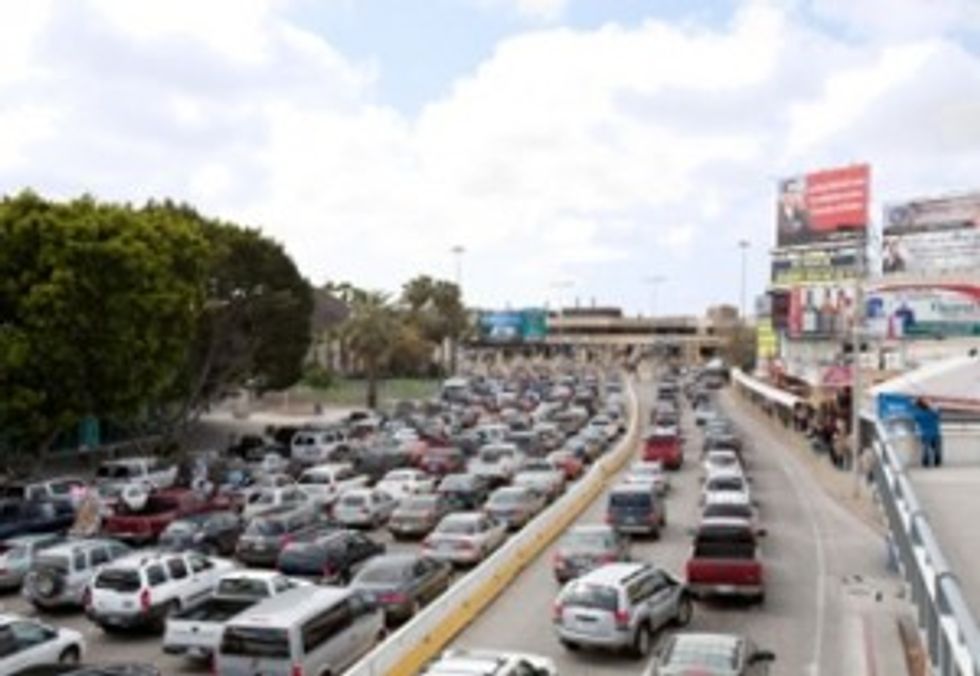
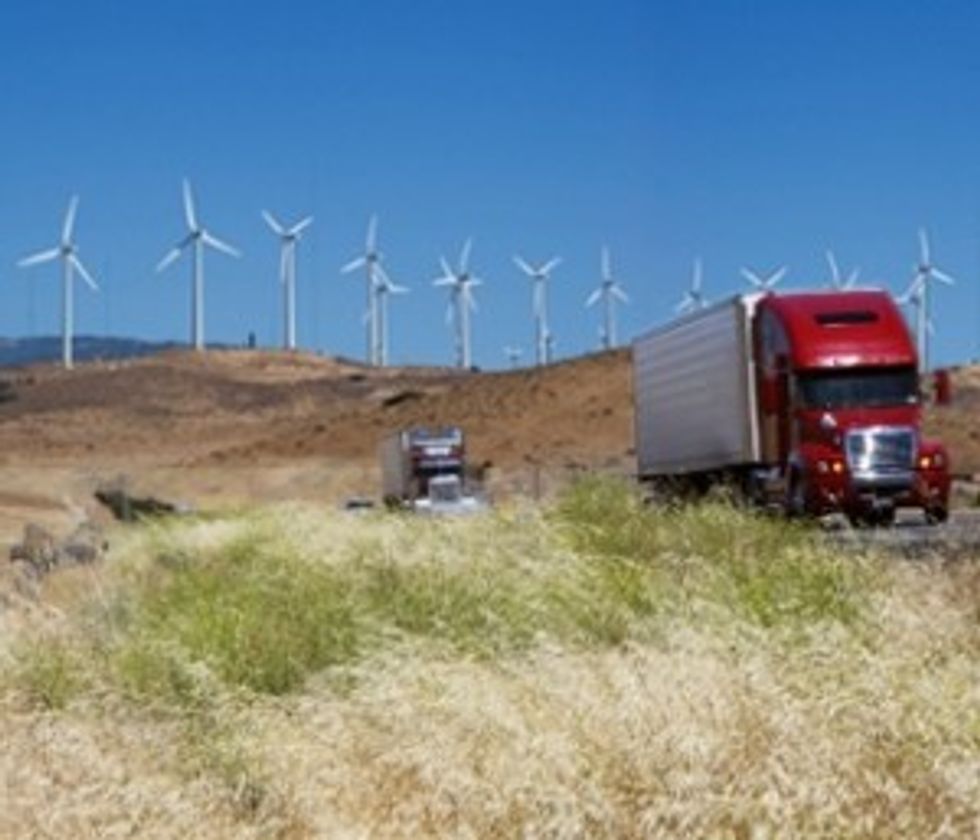
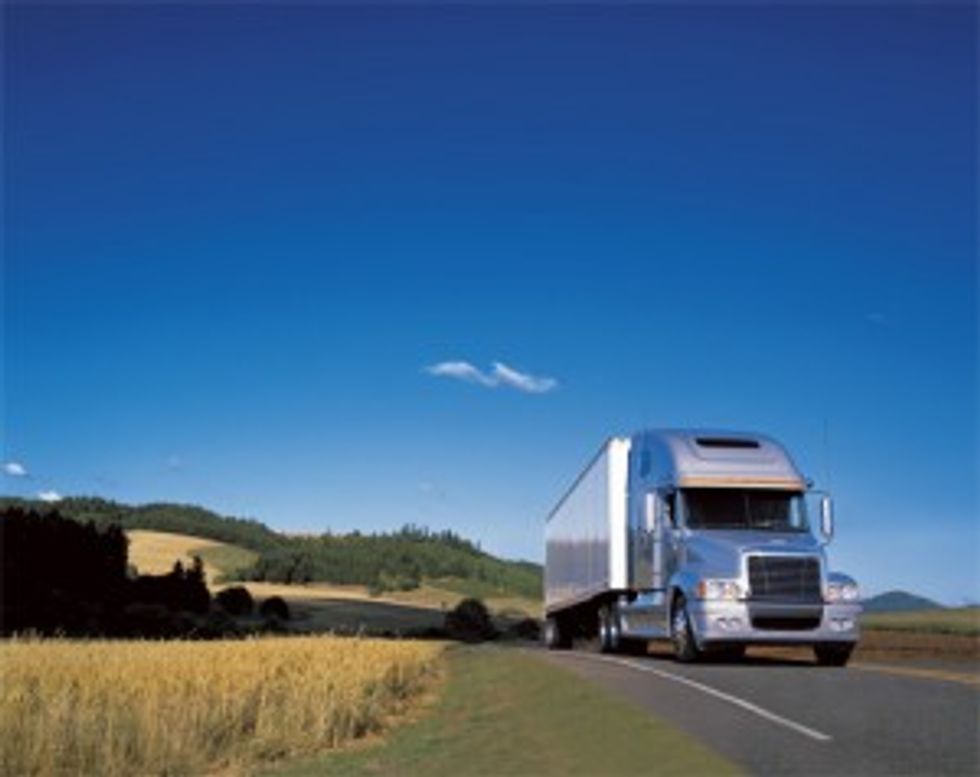
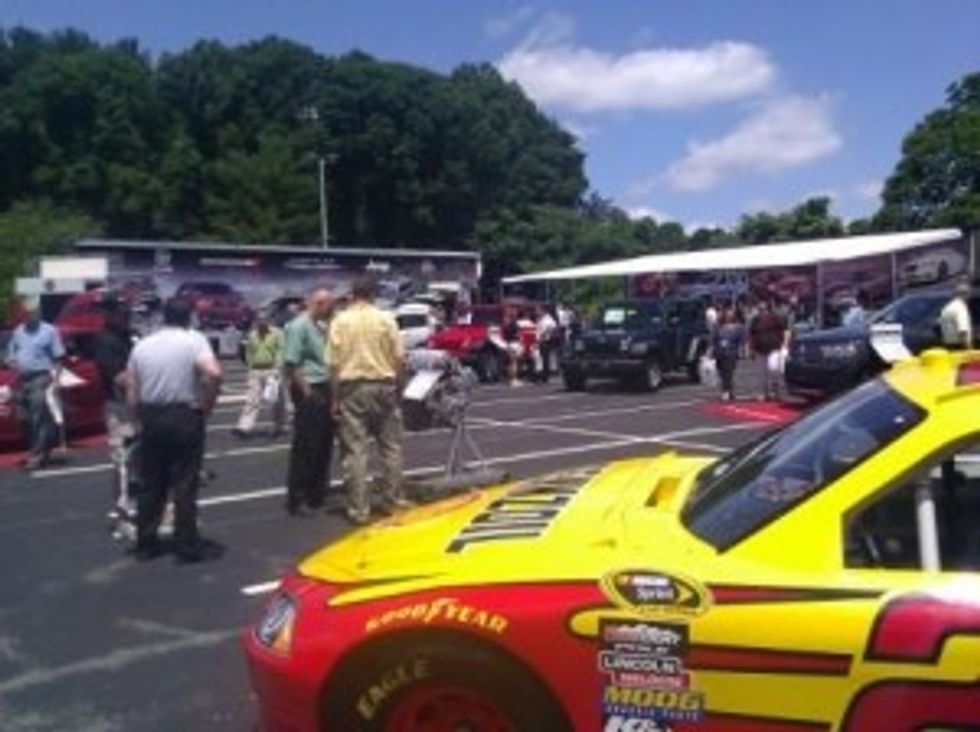
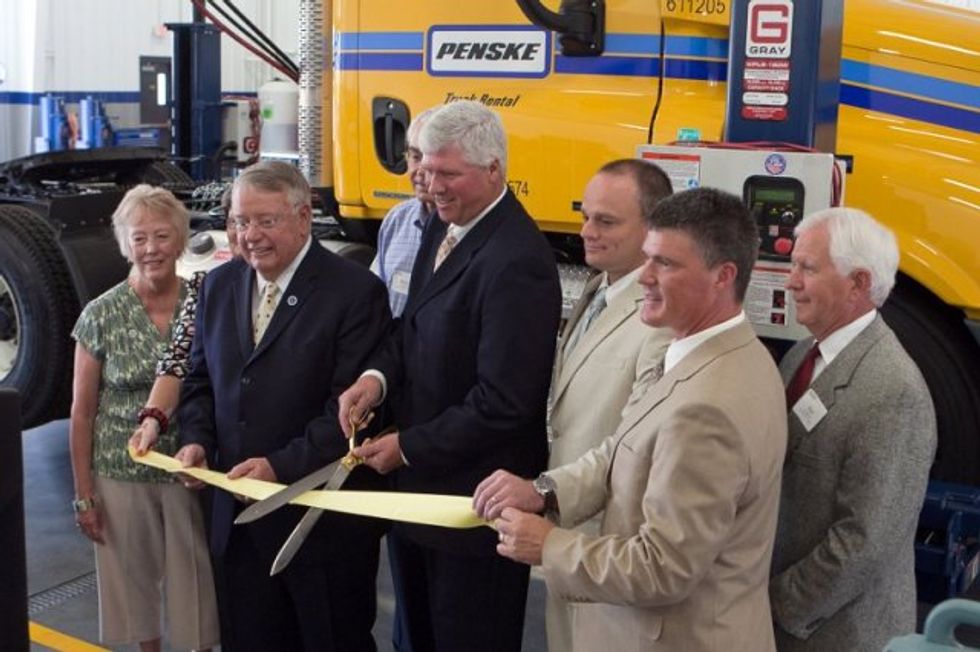
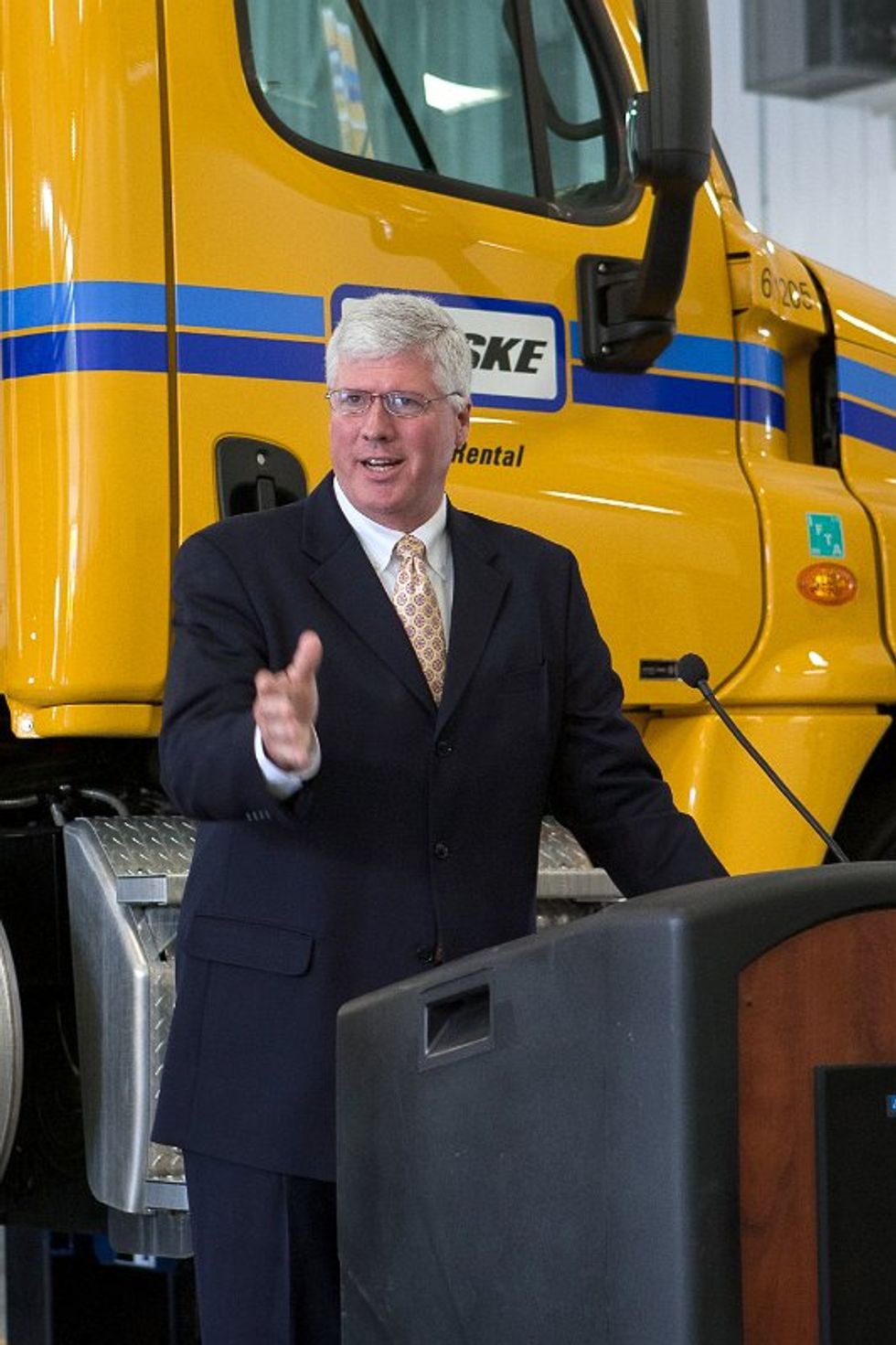 As Chris Anderholm, area vice president – Carolinas, Penske Truck Leasing, stated: “Ideally, business and government should be able to work together, to help remove any barriers. I could not be more positive about the help that the town of Garner has given us, especially economic development director Tony Beasley. Garner is a very business-friendly place.“
As Chris Anderholm, area vice president – Carolinas, Penske Truck Leasing, stated: “Ideally, business and government should be able to work together, to help remove any barriers. I could not be more positive about the help that the town of Garner has given us, especially economic development director Tony Beasley. Garner is a very business-friendly place.“